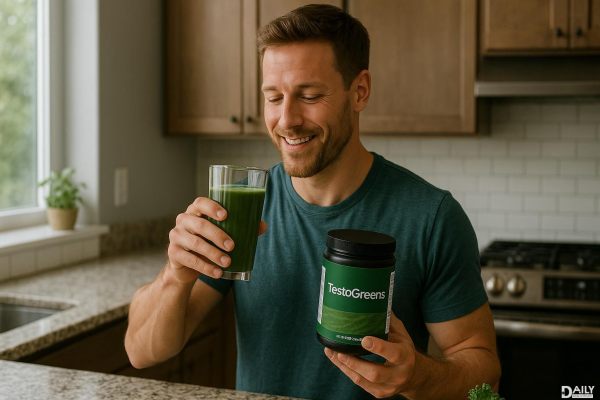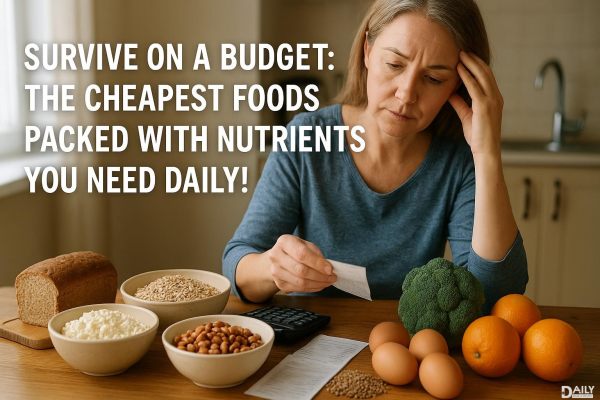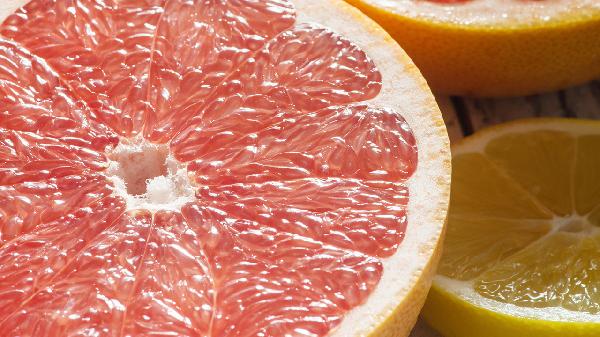If you're looking to up your protein game without relying solely on meat, you're in luck—there are plenty of powerhouse veggies that pack a serious punch. Registered dietitian nutritionists (RDNs) swear by these plant-based options to keep you fueled, satisfied, and maybe even surprised by how much protein they deliver. From the classics you already love to some underrated contenders, these veggies deserve a spot on your plate.
Edamame: The Protein MVP
Let's start with the obvious winner—edamame. These young soybeans are basically the LeBron James of plant protein, delivering a whopping 18 grams per cooked cup. They're not just a sushi restaurant appetizer; they're a legit protein source that’s also loaded with fiber, iron, and folate. Toss them in salads, blend them into hummus, or snack on them straight from the pod. Pro tip: Keep a bag of frozen edamame in your freezer for quick protein boosts anytime.
Lentils: The Versatile Powerhouse
Lentils might not technically be a veggie (they’re a legume), but they’re too good to leave off this list. With about 18 grams of protein per cooked cup, they’re a staple in plant-based diets for good reason. They cook faster than other dried beans, come in a rainbow of colors (each with slightly different textures), and work in everything from soups to veggie burgers. Bonus: They’re dirt cheap, making them a wallet-friendly protein source.
Green Peas: The Underrated Classic
Remember when your parents told you to eat your peas? Turns out they were onto something. A cup of cooked green peas delivers around 8 grams of protein—not too shabby for a veggie that often gets sidelined. They’re also rich in vitamin K, manganese, and vitamin C. Blend them into pesto, stir them into risotto, or mix them with mint for a refreshing side. Frozen peas are just as nutritious as fresh, so stock up.
Spinach: The Sneaky Protein Leaf
Popeye wasn’t wrong about spinach—it’s got way more going on than just iron. While it’s not the highest-protein veggie per serving (about 5 grams per cooked cup), its versatility makes it a winner. You can easily pile it into smoothies, omelets, or pasta dishes without overpowering flavors. Plus, it’s loaded with vitamins A and C, making it a nutritional double threat.
Brussels Sprouts: The Roasted Protein Gem
Brussels sprouts have had a serious glow-up in recent years, and their protein content is part of the appeal. A cup of cooked Brussels delivers about 6 grams of protein, along with a hefty dose of fiber and vitamin K. Roast them with a little olive oil and garlic until crispy, and even veggie skeptics will be converted. They also make a killer addition to grain bowls or shredded raw in salads.
Asparagus: The Spring Protein Star
When asparagus season hits, take advantage—this elegant veggie offers about 5 grams of protein per cooked cup. It’s also a great source of folate and vitamins A and K. Grill it, roast it, or shave it raw into salads. Pair it with eggs for a protein-packed breakfast, or toss it into stir-fries for an easy nutrient boost.
Broccoli: The Reliable All-Rounder
Broccoli might not be the flashiest veggie, but it’s a trusty source of about 4 grams of protein per cooked cup. It’s also packed with vitamin C, fiber, and compounds that support detoxification. Steam it, roast it, or blend it into soups—it’s hard to go wrong. For maximum protein, pair it with quinoa or chickpeas to create a complete amino acid profile.
Artichokes: The Fiber-Protein Combo
Artichokes are a bit of a project to prepare, but they’re worth the effort—they deliver about 5 grams of protein per medium artichoke, plus a massive amount of fiber. Steam them whole and dip the leaves in lemon-garlic aioli, or use canned hearts in salads and dips. They’re also great for gut health, thanks to their prebiotic properties.
Corn: The Surprising Contender
Yes, corn is technically a grain, but we’re counting it here because it’s often treated like a veggie. A cup of cooked corn has about 5 grams of protein, plus lutein and zeaxanthin for eye health. Grill it, add it to salsas, or mix it into chowders. Just opt for whole corn over processed products to maximize nutrients.
Who said plant-based protein had to be boring? These veggies prove that you can meet your protein needs while keeping meals colorful, flavorful, and far from the usual chicken-and-rice routine. Mix and match them throughout your week, and you might just forget you ever worried about getting enough protein without meat. Your taste buds—and muscles—will thank you.
























